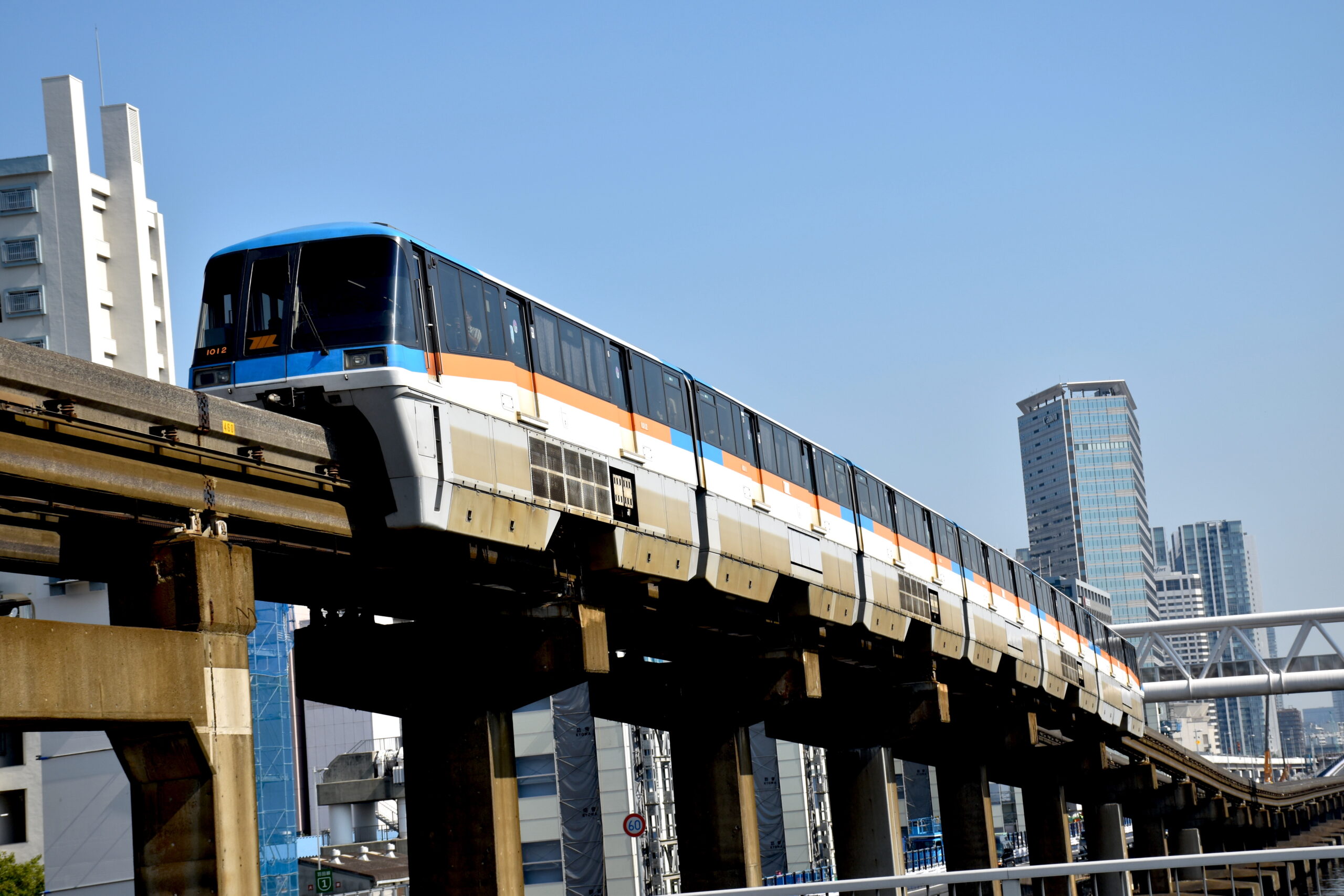In this guide, we’ll help you navigate from Haneda Airport to Tokyo. We’ll cover various modes of transportation, including trains and buses, ensuring you have all the information you need for a smooth journey into the city. Keep reading to discover helpful tips for navigating Tokyo without getting lost!
Haneda Airport is conveniently located just 30 minutes from central Tokyo, making it an ideal gateway for travelers. The airport offers several efficient transport options to reach the city, allowing you to choose the best option to get you to your final destination.
You can also use this guide to plan ahead, and travel confidently in Japan!

The short answer is: not much! Haneda and Narita are both international airports close to Tokyo.
You can find Haneda Airport, also called Tokyo-Haneda Airport, on Tokyo Bay. The airport opened its International Terminal in 2010, and is one of the busiest airports in Japan. With it’s updated facilities, you’ll have access to plenty of shops, restaurants, facilities, and more. Haneda Airport’s location also gives direct access to central Tokyo as soon as you land.
On the other hand, you can find Narita Airport in Chiba Prefecture, just east of Tokyo. The fastest train into Tokyo proper is about an hour. One key difference is that Narita has more flights to and from many international cities. Some non-Japanese airlines only fly to Narita Airport!
When planning your trip to Japan, we recommend choosing the flight that fits your budget and schedule, not which airport you’ll land in.
To make traveling easier, we recommend applying for a Welcome Suica IC Card before arriving. You can pick it up upon arrival and use it throughout your trip. As a visitor of Japan, you’ll be able to receive one without paying a deposit.
Add money onto the IC Card at train stations or convenience stores via cash or credit card, and pay for things with a tap. The IC Card is faster and more convenient than buying a ticket every time. Just be careful not to lose it!
It depends on your final destination in Tokyo! As a large city, Tokyo offers various train and bus options based on where you’re headed, whether it’s Asakusa, Ginza, Shibuya, or elsewhere. Two major train lines depart from Haneda Airport into the city.
If Tokyo isn’t your final stop and you’re traveling to Kyoto or Osaka, consider using the Keikyu Airport Liner. If you have a JR Pass, you can also use it on the Tokyo Monorail. If you have large suitcases, and don’t want to deal with train transfers, used the Airport Limousine Bus!
Keep reading below for more details on our recommended transportation methods.


There are 2 main trains that can take you directly from Haneda Airport to major stations in Tokyo City: The Tokyo Monorail and the Keikyu Airport Line. Below is a quick overview:
Fare to Hamamatsucho Station: 520 yen
There’s also a discount ticket for overseas travelers! You can purchase the Monorail and Yamanote Line Discount Ticket for 540 yen. Available only on weekends, holidays and other select dates at Haneda Airport Terminal 3 Station.
Fare to Shinagawa Station: Approximately 300 yen

Fare to Tokyo Station: 1,200 yen (adult), 600 yen (child)
The Haneda Airport Limousine Bus provides a comfortable and reliable option for traveling to central Tokyo, allowing you to bypass the stress of public transport or expensive taxis. With frequent departures throughout the day, this service offers flexibility for travelers arriving at different times.
Ticket Reservations: You can purchase tickets in advance or upon arrival. If you prefer to plan ahead, you can make a reservation online up to one month in advance through the official website. Once you complete your payment via credit card, you’ll receive a QR code that you can show to the driver when boarding the bus.
Where to buy the Airport Limousine Bus Ticket at Haneda Airport?
To purchase tickets on your arrival date, go to the Airport Limousine Bus counter in the arrival lobby. There, you can purchase a time-specific ticket before heading to the bus boarding area.
If you’re planning on traveling to Kyoto city after exploring Tokyo, take a look at this article for more info! We’ve included tips on what seats to reserve to get a view of Mt. Fuji, too.
You’ll be pleasantly surprised by how much English guidance there is in Japan! On the platforms, look for signs on the walls displaying the name of the station you’re at now.
On the trains and buses, look for digital screens showing the train’s destination and the upcoming stops. Most digital signs will cycle through Japanese and English, so keep watching until you see something you can read. Train stops and general information are usually announced in both Japanese and English (in addition to Korean and Chinese, too). So, when you hear an announcement in Japanese, keep listening until the end!
Make your trip a truly local experience, and go where the locals go. If you're wondering where the locals go to eat when hanging out with family, celebrating with friends, stopping by for an after work drink... look no further.
Machiya Locals Website










